The main difference is that instead of being able to see all around you in every direction, you’re surrounded by darkness and can only see what’s illuminated by the beam from your diving light but you actually see colours much better with this torch during the night than without torches during the day and the reef can appear vibrant with colors at night with bright coral polyps coming out of their skeletons to feed.
| Night diving can be a daunting prospect, but there are a few things you can do to ease yourself into this unique experience, so you can feel prepared and relaxed when you take to the water. It’s Not All that Scary! Diving at night can seem scary at first. The more you think about it, the more deep sea monsters you probably imagine. But diving at night can offer an added touch of magic and because you will feel alone in your "bubble of light", it will quickly become your favourite meditation time! |
What can you see on night dives and not on day dives
Eels come out on night dives
For example, it is pretty common in our waters to see giant moray eels hunting at night while we usually only see their heads popping out of a hole during the day. At night they are often seen free swimming and foraging for food and so are many crabs that hide in the reef during the days.
And so do crustaceans, they love going out at night...
| Baskin stars only come out at night and in the maze of their arms, you can find these cute little shrimps. There are all types of cool hermit crabs too... living in a discarded shell. The anemone Hermit crab (bottom right), lives in symbiosis with anemone attached to its shells giving it some protection. |
The mollusk family also have a few night ownls!
What cephalopods come out at night?
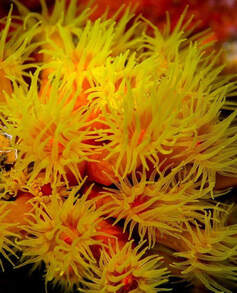
On your first night dive, you may also experience the natural phenomenon of bioluminescence and feel like harry potter gave you his special wand! When the water is touched or disturbed, it appears to light up, as if by magic.
This effect is caused by plankton and can only be seen in certain locations and at certain times: in Thailand it can be seen pretty much every night but will be stronger at times.
These experiences are unique to night diving and add extra excitement and fun to your diving excursion.
Prepare For Your Night Dive
Before you head out for a night dive, it can be a good idea to dive at the same spot during the day. This can give you a better idea of what to expect in terms of the underwater landscape, environment, and the type of conditions you might experience.
As well as diving in the same location during the day, you could also dive at the same spot at dusk or dawn. This can allow you to experience the dive site when there is limited light, but just enough that you’re still able to see most things around you.
While you can see a wide view of the underwater landscape on a dive during the day, your night diving experience will be much different as you usually only look within the beam of your torch.
You’ll be able to pick out more detail in a smaller area, offering a new perspective and letting you discover new sights. That’s in addition to the nocturnal creatures that you might not have seen during a daytime dive.
Pack Your Diving Lights
One of the most important pieces of equipment for night diving is your primary diving light. This will allow you to see in front of you, helping you to navigate the underwater world in the dark. It will also help you to view shipwrecks and sea creatures during your dive.
| Your light should be bright enough (with enough lumens) for you to easily see where you’re going under the water but it doesn't need to be the brightest light on the market as that will be bliding to you/ your buddy and the sleeping fish you may encounter! The width of the beam can also be another consideration and will likely depend on the conditions where you plan to dive. A light with both a wide beam and spotlight can be useful, especially if you want to be able to get a close-up look in tight spaces. |
For night diving, you should also have a secondary light in case your primary light fails. This one should still be bright enough to enjoy the end of the dive and to signal your position to the boat once you reach the surface.
Another useful light for safety and visibility is a tank light. This lets your diving partner know where you are and vice versa. These lights are usually small LED lights and can either be flashing or a continuous light but it is actually pretty impossible to loose your dive buddy at night unless he turns off his diving torch (and even then, he/she will be able to see you very well!)
Round Up Your Diving Buddy
It can be a good idea to dive with a partner who has experience with night diving, especially if it’s your first time and to use the same dive gear, as finding your marks on new equipment is harder in the dark.
Choose A Shallow Dive Spot
Seeing the bottom from the time you jump in the water can help to reassure you on the way down rather than crossing a patch of dark water until you reach the reef.
Know The Hazards
In Myanmar for example, we have a lot of crocodile needled fish right under the surface, and they get pretty spooked and disoriented if divers jump on top of them with lights shinning right in their eyes. This would be the biggest hazard you will encounter here as they might go straight at the light, not seeing you are behind it and their beak is pretty sharp! Turning off your light to jump in is the easiest way to avoid this collision as they will easily see and avoid you! You can then turn on your dive torch before descending.
How long does a night dive last?
The Smiling Seahorse is the only liveaboard in Thailand offering Blackwater diving on every cruise, but most liveaboard offer the more traditional night diving on the reef.
Get in touch to book your next holidays and try Night diving with us!


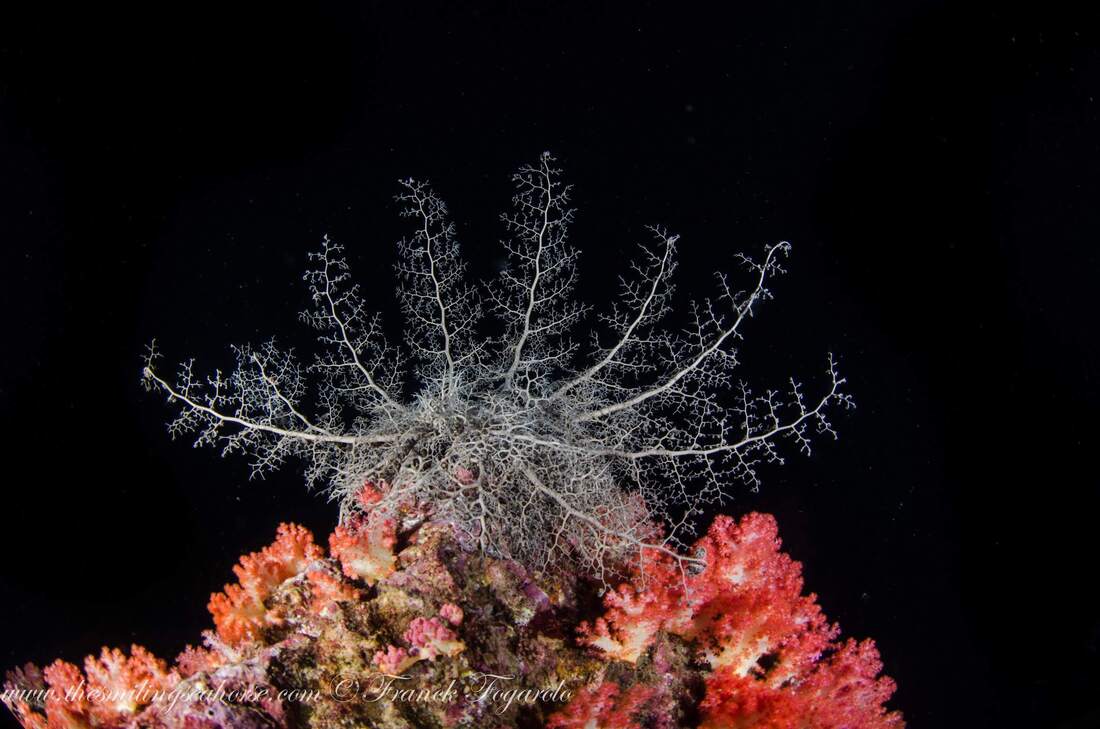

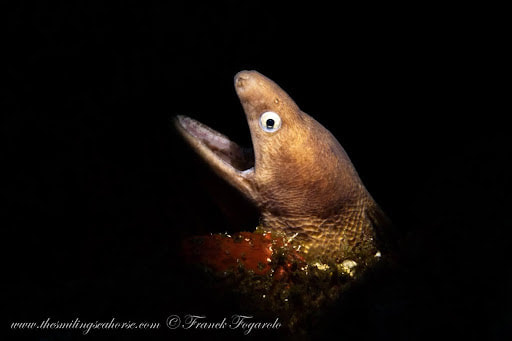
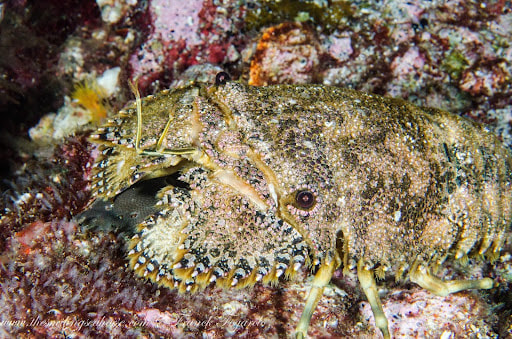
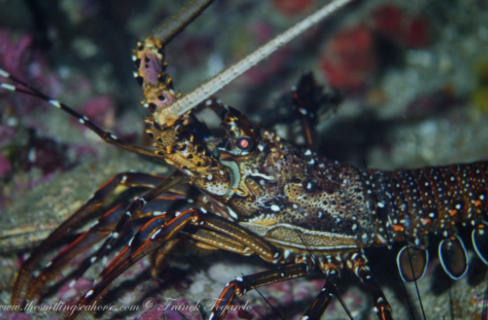
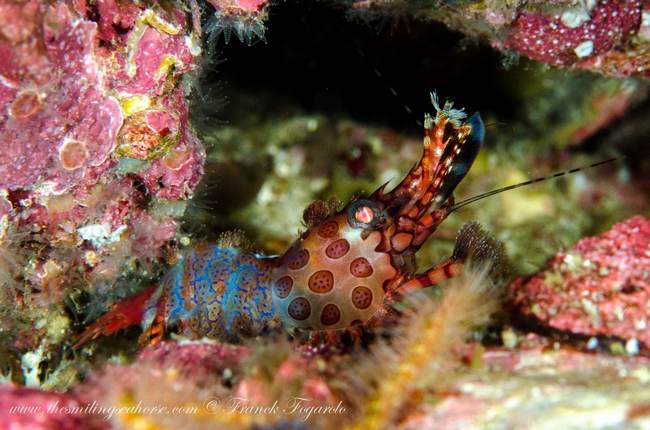
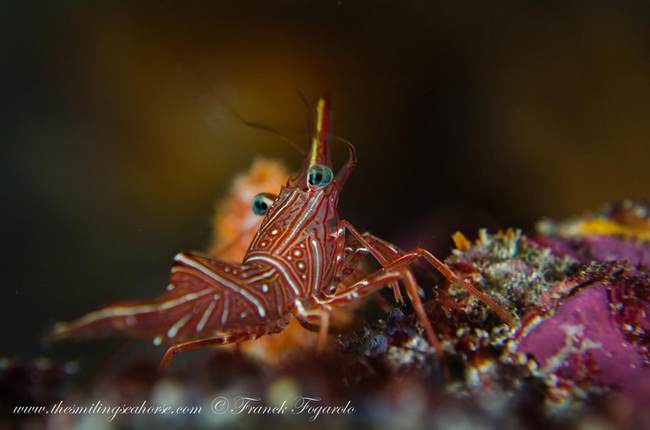
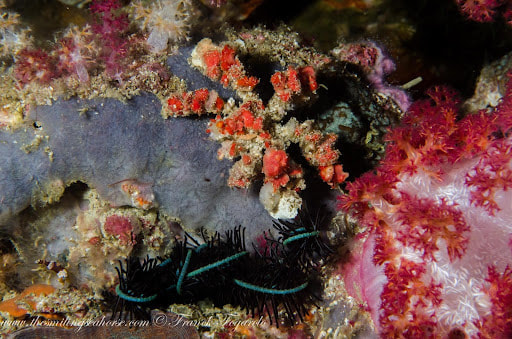
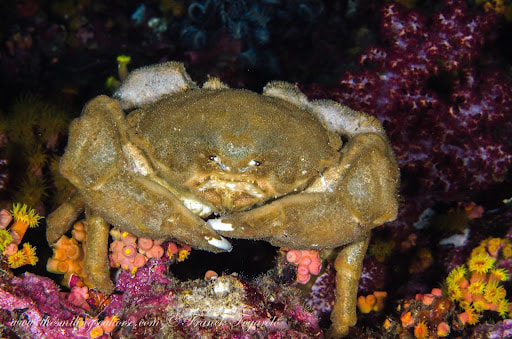
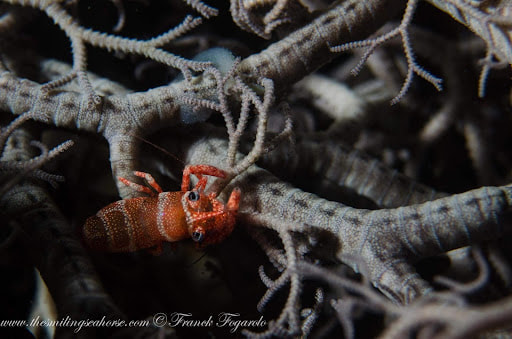
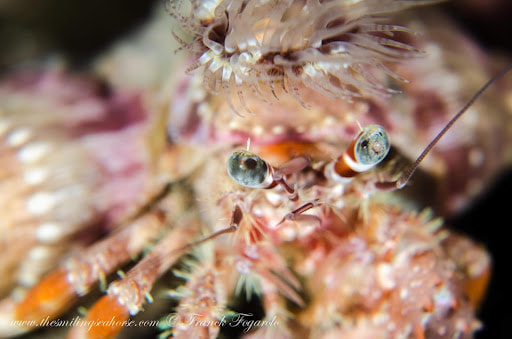
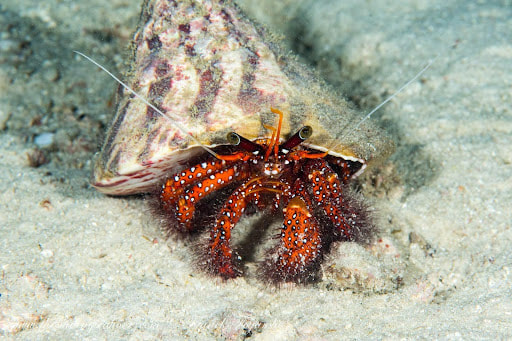
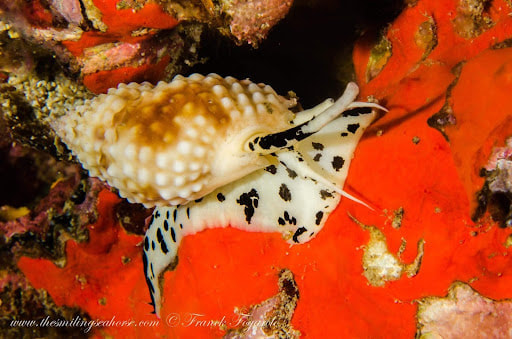
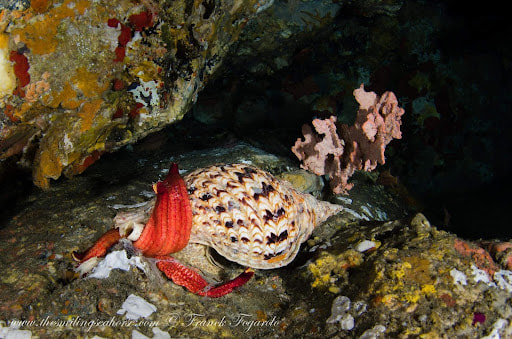
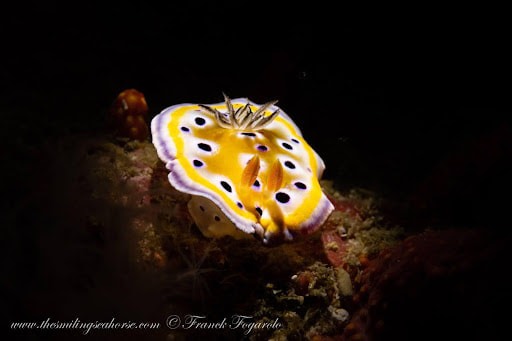
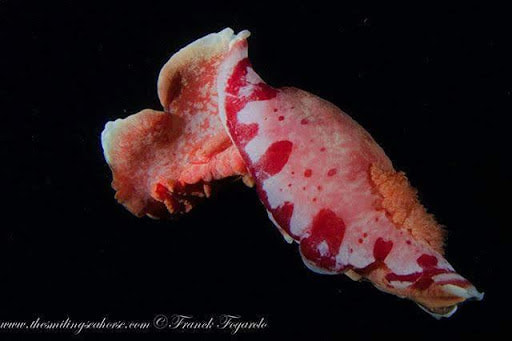
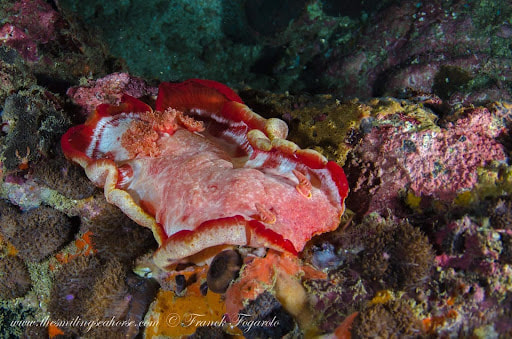
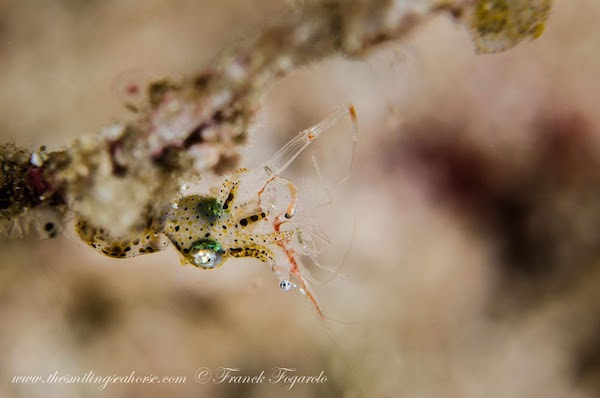
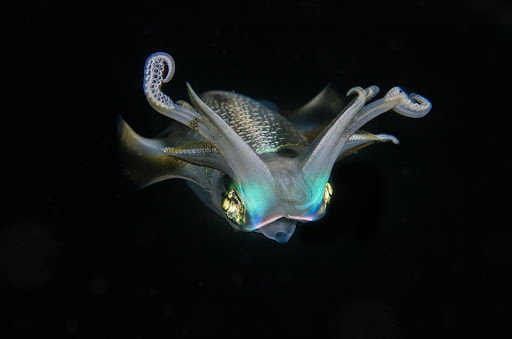
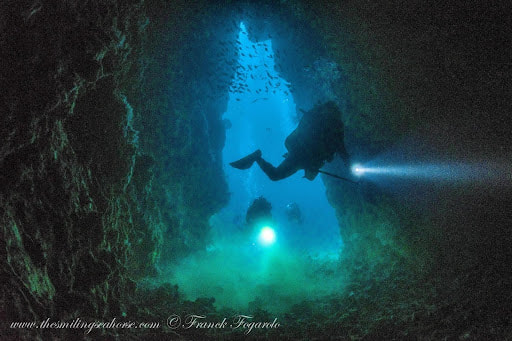
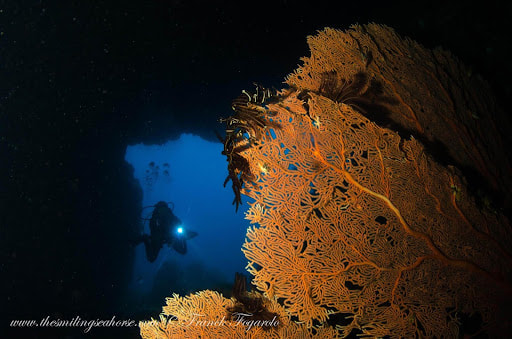
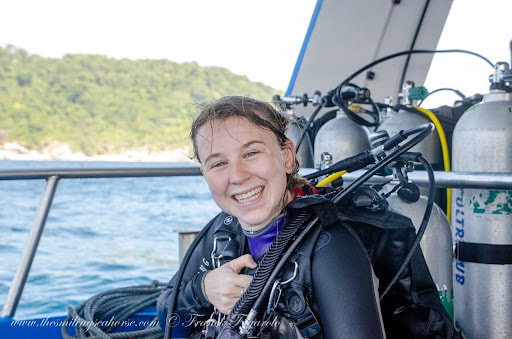
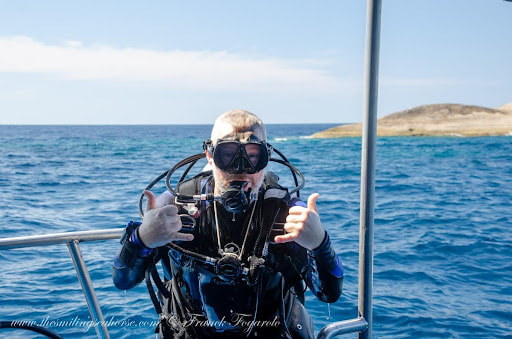
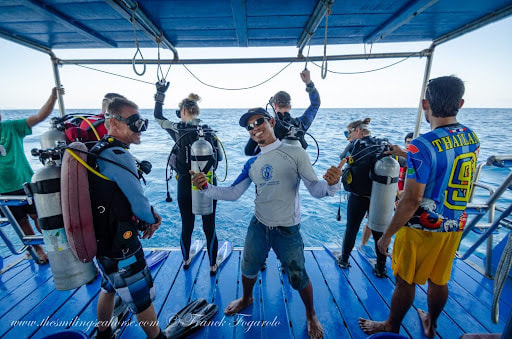
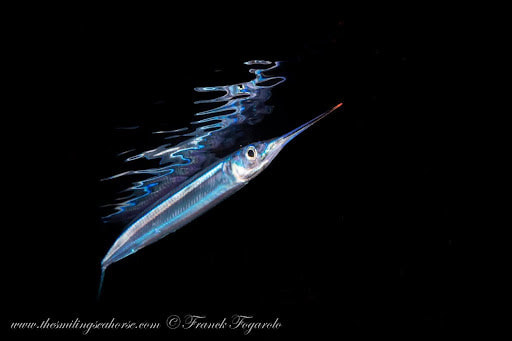
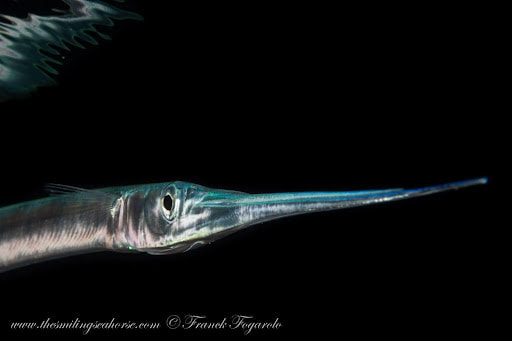
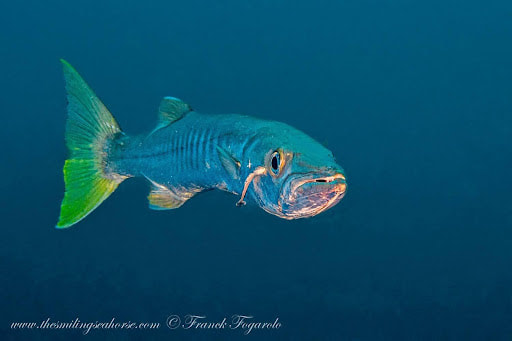
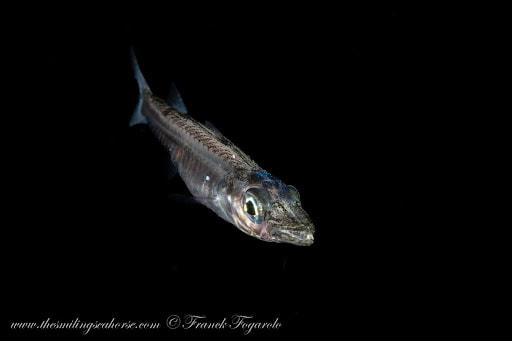
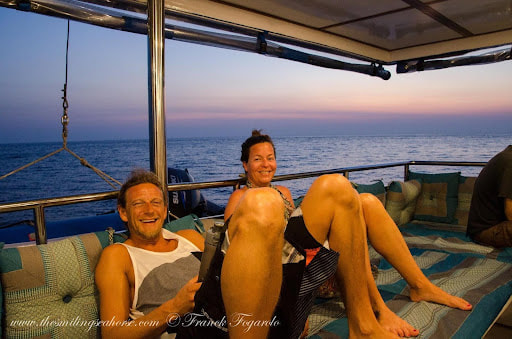
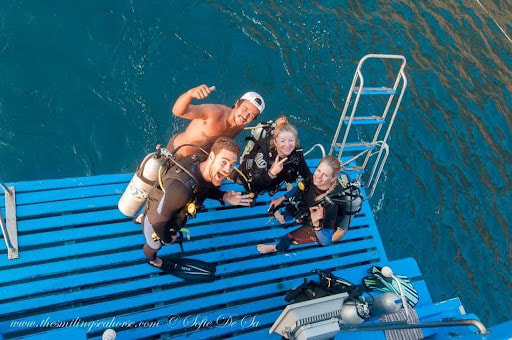
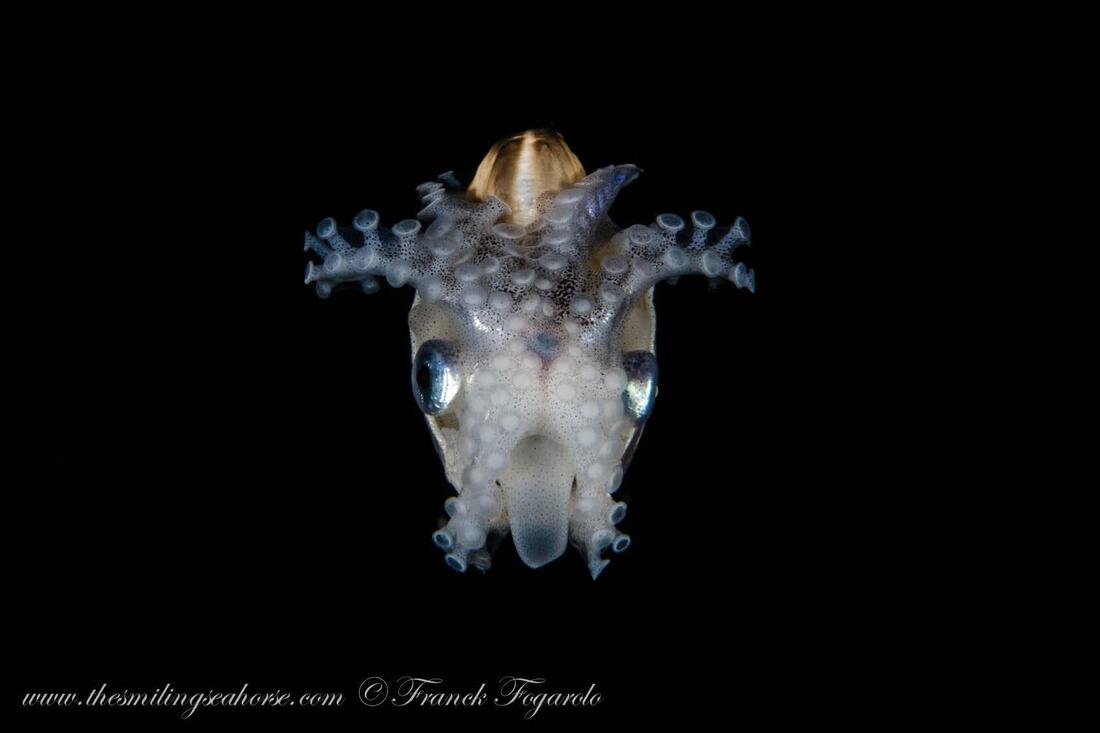
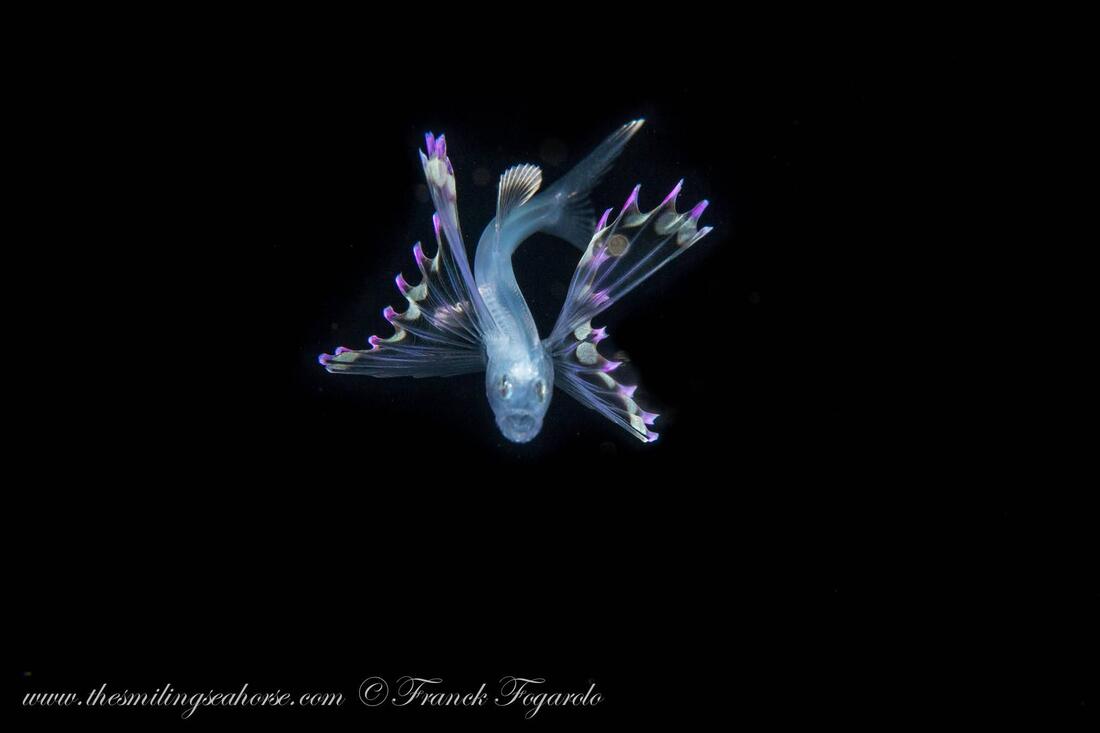
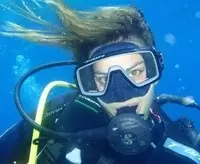


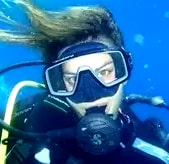

 RSS Feed
RSS Feed




